Chapter 1 Introduction to Modern Dropshipping
Explore the essentials of modern dropshipping, understanding its growth and potential. Learn how this business model works and why it’s a profitable venture today.
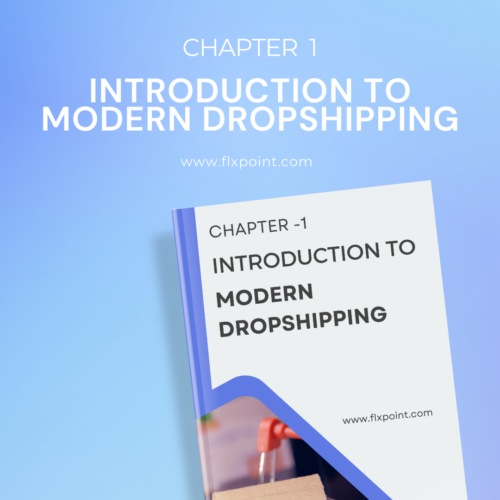
Introduction to Dropshipping
Let’s dive into the exciting world of dropshipping! Dropshipping is an innovative business model where you can sell products without the hassle of holding the inventory. By partnering with suppliers who manage the stock and ship products directly to your customers, you eliminate the need for upfront inventory investment and significantly reduce overhead costs.
Initially, traditional dropshipping was limited to small-scale operations. However, as ecommerce surged and technology advanced, dropshipping evolved into a modern and dynamic business model.
Today, dropshippers can leverage powerful platforms like Flxpoint to streamline operations, automate processes, and effectively scale their businesses. For entrepreneurs looking to enter the ecommerce market, dropshipping is a popular and accessible choice. It offers a low barrier to entry and allows you to focus on what matters most – marketing and customer service.
While dropshipping does present challenges like competition and managing profit margins, it remains a viable and profitable option for those eager to build a successful online business.
Traditional Dropshipping Model
The working of the traditional model of dropshipping is simple to understand. The retailer acts as a middleman between the customer and the supplier. When a customer places an order, the retailer forwards the order to the supplier. The supplier ships the product directly to the customer, while the retailer collects the payment. The retailer never handles or stocks the product.
Role of Retailers, Wholesalers, And Manufacturers.
Retailers, wholesalers, and manufacturers play an important role in traditional dropshipping.
- Retailers – Responsible for marketing and selling the products to customers.
- Wholesalers – Purchase products in bulk from manufacturers and sell them to retailers
- Manufactures – Produce the products and supply them to the wholesalers.
Common Practices And Limitations of Traditional Models.
Traditional dropshipping has its limitations.
- Retailers have little control over product quality, shipping speed, and stock levels.
- If a wholesaler runs out of inventory, it can cause delays in delivery.
- Profit margins can be thin and retailers rely heavily on wholesalers for fulfillment.
Unlike Hybrid Dropshipping, which offers more control over the supply chain, traditional dropshipping can make it difficult for businesses to scale and maintain consistent service. Modern solutions like Flxpoint integration offer advanced features to manage inventory and optimize the ecommerce supply chain, addressing many of these challenges. Despite its drawbacks, traditional dropshipping remains a simple and low-cost way to enter the world of online retail.
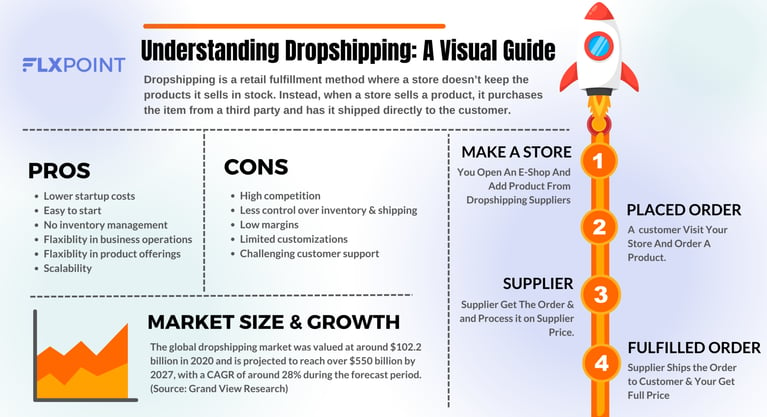
Modern Dropshipping Models
Modern dropshipping has evolved significantly from its traditional roots. With the rise of ecommerce, businesses now have access to advanced tools and technologies that streamline operations and enhance efficiency. One key innovation is the use of automation tools and platforms like Shopify and WooCommerce. These platforms simplify the management of products, orders, and inventory, making it easier for businesses to scale.
Use of Automation Tools and Platforms (Shopify, Woocommerce, Etc.).
One of the key innovations in modern dropshipping is the widespread use of automation tools and platforms. Ecommerce platforms like Shopify and WooCommerce provide robust features for managing online stores, including inventory management, order processing, and payment processing. Dropshipping-specific platforms like Flxpoint offer advanced automation capabilities, such as automated order fulfillment, inventory synchronization, and shipping label generation.
Integration of Third-Party Logistics (3PL).
Another important aspect of modern dropshipping models is the integration of third-party logistics (3PL) providers. 3PLs specialize in supply chain management and offer services like warehousing, fulfillment, and shipping. By partnering with 3PLs, dropshippers can outsource logistics operations, reducing costs and improving efficiency. This allows them to focus on core business activities such as marketing and customer service.
Hybrid Dropshipping
Definition and Explanation of Hybrid Dropshipping.
Hybrid dropshipping is a business model that combines both in-house fulfillment and traditional dropshipping methods. This means businesses to stock and ship some products directly from their own inventory while outsourcing other items to third-party suppliers or manufacturers. Hybrid dropshipping allows companies to have greater control over the products they manage directly, while also benefiting from the flexibility of dropshipping for additional products. It offers a balanced approach for managing both inventory and supplier relationships in ecommerce.
How it Differs From Traditional and Modern Models.
To understand the difference, here is a comparison chart between Hybrid Dropshipping, Traditional Dropshipping, and Modern Models.
| Aspect | Traditional Dropshipping | Modern Dropshipping | Hybrid Dropshipping |
| Inventory Control | No control over inventory, managed entirely by suppliers | Limited control, with better tracking using automation tools | Partial control over inventory; businesses manage some stock in-house and outsource other items |
| Shipping Process | Suppliers handle all shipping | Suppliers manage shipping but with integrated automation | Businesses handle shipping for in-house products; suppliers manage dropshipped items |
| Product Selection | Limited to supplier’s catalog | Broader selection through automation | Combination of in-house and dropshipped products, allowing a wider range of options |
| Scalability | Dependent on supplier’s capacity | Highly scalable through automation | Flexible scalability by using a mix of in-house inventory and dropshipping for additional products |
| Customer Experience | Limited control over shipping times and quality | Improved experience through automation | Enhanced experience with faster shipping for in-house products, while dropshipping covers a wider range |
| Risk Management | Higher risk with full reliance on third-party suppliers | Reduced risk through better tracking and tools | Balanced risk – in-house products are managed directly, reducing stock risks, while dropshipping covers uncertain or seasonal items |
| Profit Margins | Lower margins due to supplier fees | Higher margins through automation efficiencies | Mixed margins – higher for in-house products, while dropshipping may have lower profit margins |
Benefits of Combining Multiple Fulfillment Methods (In-House + Dropshipping).
- Greater Control – Businesses can manage high-demand or exclusive products in-house, ensuring quality and faster shipping.
- Diversified Product Range – Dropshipping allows for a broader selection of products without the need to stock everything.
- Scalability – The model adapts to growth, as in-house fulfillment covers core products and dropshipping manages additional inventory.
- Risk Reduction – Businesses can avoid overstocking by using dropshipping for uncertain or seasonal products.
- Improved Customer Experience – Faster shipping for in-house items leads to better customer satisfaction.
Key Benefits of Dropshipping
Low Upfront Investment – One of the biggest advantages of dropshipping is the minimal upfront investment. You don’t need to purchase inventory in advance, which lowers the financial risk for business owners.
Wide Product Variety and Flexibility – Dropshipping allows businesses to offer a wide variety of products without holding stock. You can quickly adjust your product range based on demand, making it a flexible business model.
Scalability and Global Reach – Dropshipping offers a scalable business model. You can expand your operations without worrying about warehouse space or staffing. Additionally, with global suppliers, you can sell to customers worldwide.
Reduced Risk – Since you don’t have to buy products upfront, dropshipping minimizes financial risks. You only pay for goods when you make a sale.
Focus on Marketing and Sales – Dropshipping allows you to focus on what matters most – marketing and customer acquisition. Suppliers handle the logistics, freeing up time for business growth.
Hybrid Dropshipping – Combining dropshipping with in-house fulfillment (Hybrid Dropshipping) can maximize control while keeping the benefits of a flexible supply chain management strategy.
Ecommerce Automation Tools – Platforms like Flxpoint integration enable efficient automation, improving order management, inventory updates, and shipping processes for dropshipping businesses.
Why Dropshipping Appeals to Beginners and Small Businesses.
Dropshipping appeals to beginners and small businesses because of its simplicity. With minimal barriers to entry, entrepreneurs can quickly set up a store, test products, and use platforms like Flxpoint for integration and automation. This flexibility makes dropshipping an attractive model for anyone looking to start an online business without the complexity of traditional retail models.
Profitability of Dropshipping
How Dropshipping Generates Profit.
Dropshipping is a profitable business model because it requires minimal upfront investment. Unlike traditional retail models, businesses don’t need to purchase large amounts of inventory or manage physical stores. Instead, you list products from suppliers on your ecommerce website, and when a customer makes a purchase, the supplier handles the shipping and fulfillment. This allows you to earn a profit by marking up the price of the products. Essentially, the difference between the wholesale price offered by the supplier and the price you set for your customers is your profit. The simplicity and low-risk nature of this model make it attractive to new and experienced entrepreneurs alike.
Margins and Key Profitability Factors.
- Product selection – High-demand products often have better profit margins.
- Supplier pricing – Finding reliable suppliers with competitive prices improves profitability.
- Shipping costs – Offering free or low-cost shipping can increase conversions but should be balanced with product pricing.
- Automation tools – Using tools like Flxpoint integration can lower operational costs by automating processes.
- Customer acquisition costs – Keep marketing costs in check to ensure profits aren’t eaten up by advertising expenses.
- Return rates – Minimize returns by providing clear product descriptions and high-quality images, reducing additional operational costs.
Understanding the Balance Between Pricing, Shipping, and Operational Costs.
While dropshipping can generate profit, balancing pricing, shipping, and operational costs is key to maximizing returns. If your product prices are too high, customers may choose cheaper alternatives. If they are too low, your profit margins shrink. Additionally, shipping costs need to be factored in, as free or low-cost shipping is a major driver of online sales. Operational costs like maintaining your website, using automation tools (like Flxpoint integration), and handling customer service also affect overall profitability. Smart pricing strategies and efficient supply chain management are essential to maintaining healthy profits.
Where to Sell Your Products
When running a dropshipping business, choosing the right sales platform is crucial for success. There are several options available, each offering unique benefits.
Online marketplaces like Amazon and eBay give immediate access to millions of shoppers, making it easier to reach a large audience. However, competition is high, and fees can cut into profit margins.
Ecommerce platforms such as Shopify and BigCommerce allow you to create your own online store, giving you more control over branding, customer experience, and pricing. These platforms are ideal for building a unique identity and creating long-term customer relationships.
Social media platforms like Instagram, Facebook, and Pinterest are also excellent sales channels. They enable businesses to leverage visual content and targeted advertising, driving engagement and purchases directly through social media apps.
Choosing the right platform depends on your niche and target audience. For instance, if you sell trendy products, social media might be the best fit. If you’re focusing on a broad market, ecommerce platforms or marketplaces might work better.
Why Choose Dropshipping?
Dropshipping has become a popular business model for entrepreneurs due to its numerous advantages. It offers a low-barrier-to-entry approach to starting an online store and allows individuals to explore their entrepreneurial aspirations without the significant upfront investment required in traditional retail businesses.
Flexibility and Freedom in Business.
One of the primary reasons entrepreneurs choose dropshipping is the flexibility and freedom it offers. Dropshippers can operate their businesses from anywhere with an internet connection, providing them with the freedom to work on their own terms.
This flexibility is particularly appealing to those who desire a work-life balance or want to pursue entrepreneurial ventures while maintaining a traditional job.
Minimal Operational Burdens (No Inventory, Warehousing).
Dropshipping eliminates many of the operational burdens associated with traditional retail businesses. By not having to manage inventory or maintain a physical warehouse, dropshippers can significantly reduce their overhead costs and focus on other aspects of their business.
This can lead to a more streamlined and efficient operation.
Advantages in Scaling Without Significant Overhead Costs.
Scaling a business can be challenging, especially when it involves significant capital investments. Dropshipping offers a unique advantage in this regard. As a dropshipper’s business grows, they can simply increase their marketing efforts and product offerings without incurring substantial additional costs.
This allows for rapid expansion without the need for significant investments in inventory or infrastructure.
Pros and Cons of Dropshipping
Pros
Low entry barrier – Starting a dropshipping business requires minimal investment. You don’t need to buy inventory upfront.
No need for physical storage – You don’t have to manage a warehouse or storage space. This reduces overhead costs significantly.
Ability to test multiple products – You can easily add or remove products from your store. This allows you to test what sells best without financial risk.
Focus on marketing and sales – With supply chain management handled by suppliers, you can concentrate on marketing your ecommerce store and boosting sales.
Cons
Lower profit margins – Dropshipping typically has lower profit margins compared to traditional retail models. Supplier fees can cut into profits.
Limited control over the supply chain – You rely on third-party suppliers for inventory and shipping. This can lead to challenges in quality and availability.
Possible shipping delays and quality control issues – Delays can occur due to supplier errors, affecting customer satisfaction. You may also face issues with product quality.
Higher competition in popular niches – Many dropshippers target the same popular products. This increases competition and can make it harder to stand out.
Importance of Flexible Supply Chain Solutions
Explanation of a Flexible Supply Chain
A flexible supply chain is a system that can quickly adapt to changes in demand, market conditions, and customer preferences. It allows businesses to respond effectively to fluctuations, ensuring that products are available when needed. This adaptability is essential in today’s fast-paced ecommerce environment, especially for those using dropshipping or hybrid dropshipping models. A flexible supply chain enhances overall efficiency, reduces costs, and improves customer satisfaction by meeting demands promptly.
Why Flexibility is Crucial in Modern Dropshipping.
Flexibility is vital in modern dropshipping because the market is constantly changing. Consumer trends shift rapidly, and competition is fierce. Businesses must quickly adapt to these changes to remain competitive. A flexible supply chain allows dropshippers to pivot easily, whether by changing suppliers, adjusting inventory levels, or modifying product offerings. This responsiveness is key to maintaining customer trust and loyalty in a crowded marketplace.
Adapting to Demand Fluctuations and Supply Chain Disruptions.
- Quick response to seasonal demand changes.
- Ability to scale operations up or down based on market needs.
- Diversifying suppliers to mitigate risks from disruptions.
- Implementing real-time inventory tracking to avoid stockouts.
- Analyzing market trends for proactive adjustments.
Tools and Software for Managing a Flexible Supply Chain.
- Flxpoint Integration – Streamlines operations by connecting various supply chain partners.
- Inventory Management Software – Helps track stock levels and manage reorders efficiently.
- Order Management Systems – Automates order processing and updates across platforms.
- Analytics Tools – Provide insights into sales trends and demand forecasting.
- Supplier Collaboration Platforms – Enhance communication and coordination with suppliers.
Conclusion
Dropshipping offers a flexible and low-risk way to enter ecommerce. Understanding models like hybrid dropshipping enhances supply chain management. As the industry evolves, dropshipping remains a viable business model for aspiring entrepreneurs. Exploring advanced strategies, such as Flxpoint integration and effective inventory management, can help businesses thrive. Embrace the opportunities in dropshipping and consider how these approaches can boost your success in the ever-changing ecommerce landscape.
Guide Chapters
- Chapter 1: Introduction to Modern Dropshipping
- Chapter 2: Forming Your Dropship Business
- Chapter 3: What to Sell Online - How to Find the Right Products
- Chapter 4: Product Sourcing and Supplier Integration
- Chapter 5: Inventory Management for Dropshipping
- Chapter 6: Dropship Pricing Strategies
- Chapter 7: Fulfillment and Automation for Scaling
- Chapter 8: Hybrid Dropshipping - Combining Wholesale & Dropshipping
- Chapter 9: Avoiding Dropshipping Scams
- Chapter 10: Integration of Advanced Technologies - EDI & API
- Chapter 11: Leveraging Data for Better Decision Making
- Chapter 12: Automating Your Workflow for Maximum Efficiency
- Chapter 13: Managing Multi-Channel Sales and Integration
- Chapter 14: Expanding and Scaling Your Dropshipping Business
- Chapter 15: Troubleshooting Dropshipping Challenges with Advanced Tools
- Chapter 16: The Future of Dropshipping with Technology
All Chapters in This Guide
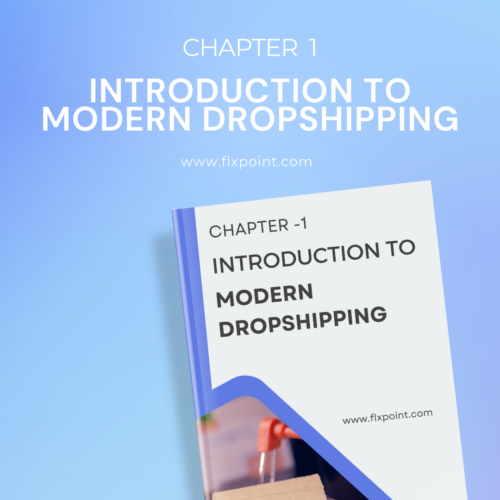
Unpack the evolution of dropshipping and why it’s still one of the most effective ecommerce models. Learn how the modern approach is different from outdated methods, what’s fueling its explosive growth, and what it takes to succeed in today’s competitive market.
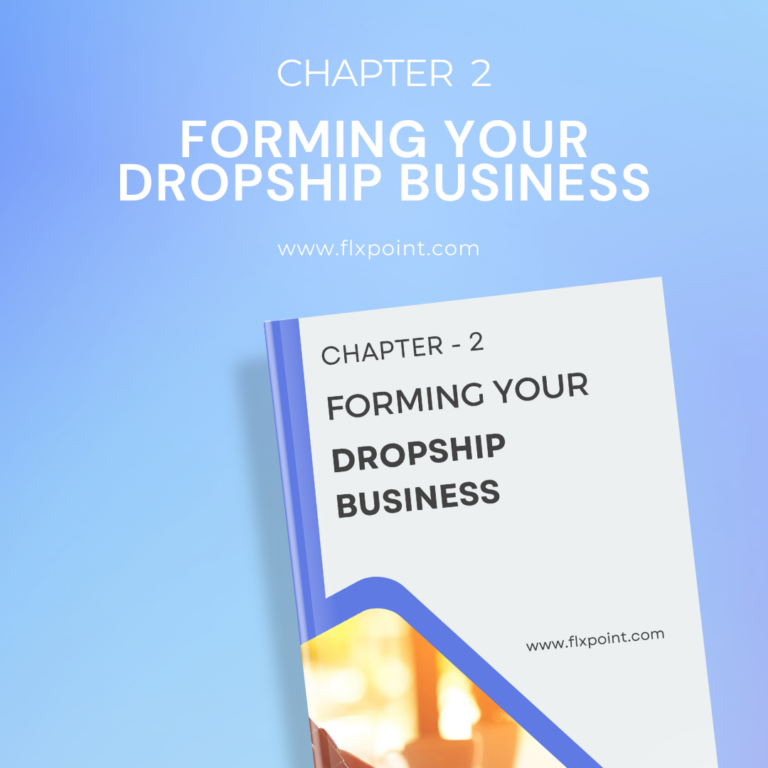
Get step-by-step guidance on building a strong foundation. From choosing your niche and validating your business idea to setting up your brand and making it legit—this chapter gives you the tools to confidently launch with clarity and purpose.
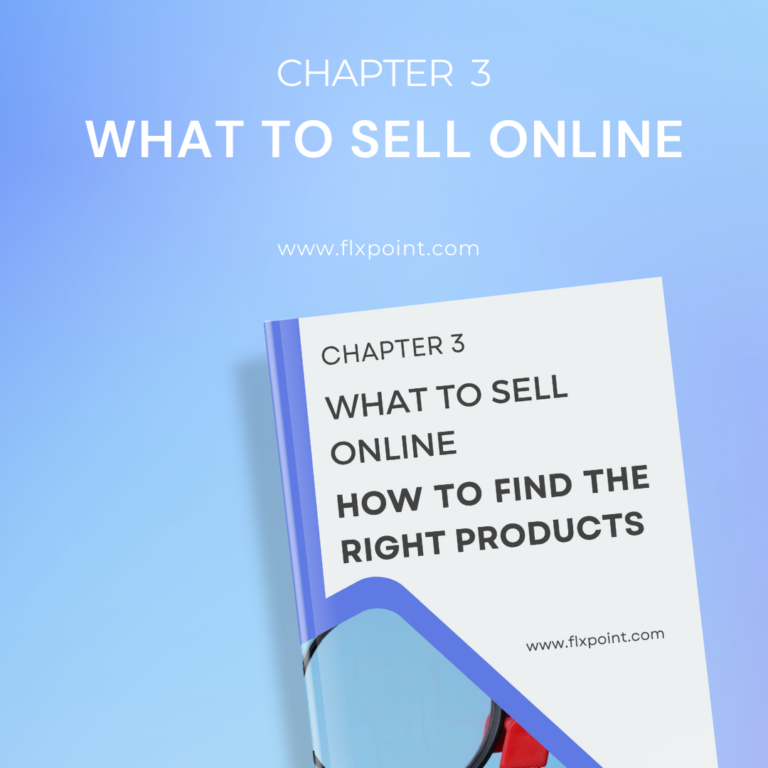
Struggling with product selection? Discover how to find winning products that sell. We cover techniques for identifying trends, analyzing competition, using supplier insights, and narrowing down product ideas that fit your niche and audience.
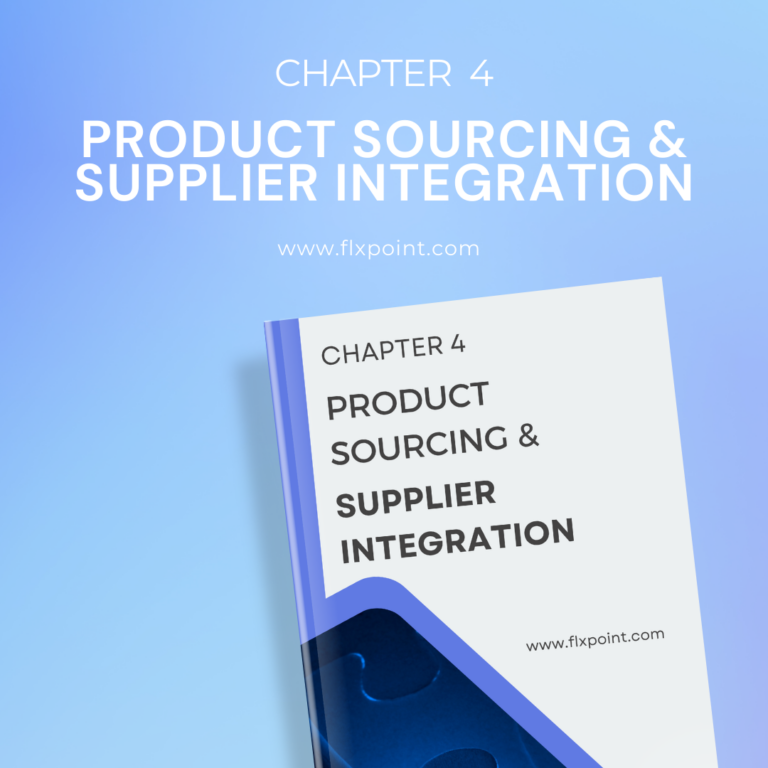
Not all suppliers are created equal. This chapter shows you how to source high-quality products and onboard suppliers the smart way. Learn how to vet vendors, avoid bad partnerships, and set up seamless integrations that keep your fulfillment running like clockwork.
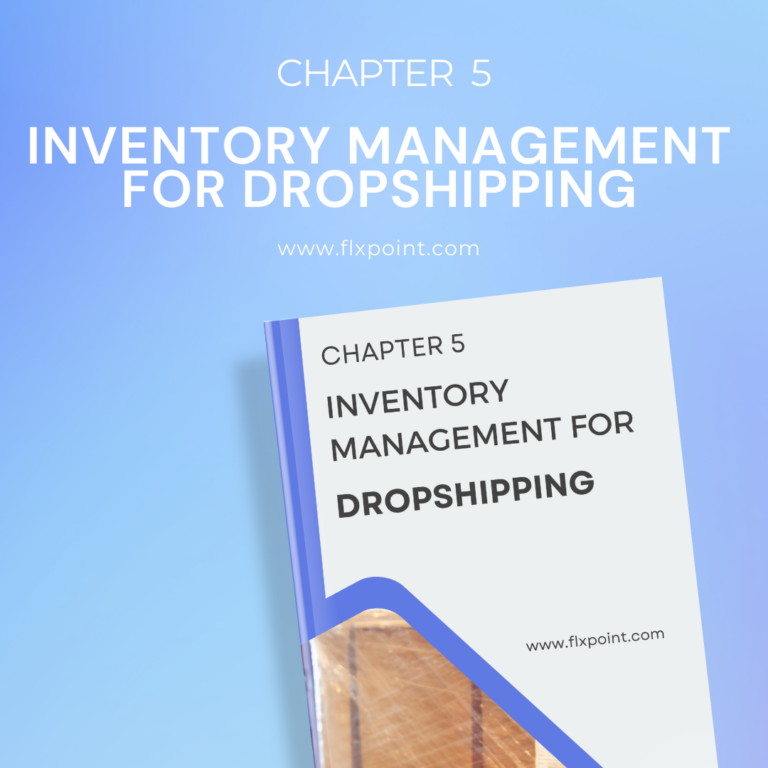
Say goodbye to stockouts and overselling. Learn how to keep your inventory accurate and your customers happy with real-time updates, smart syncing, and automated stock management across all your channels and vendors.
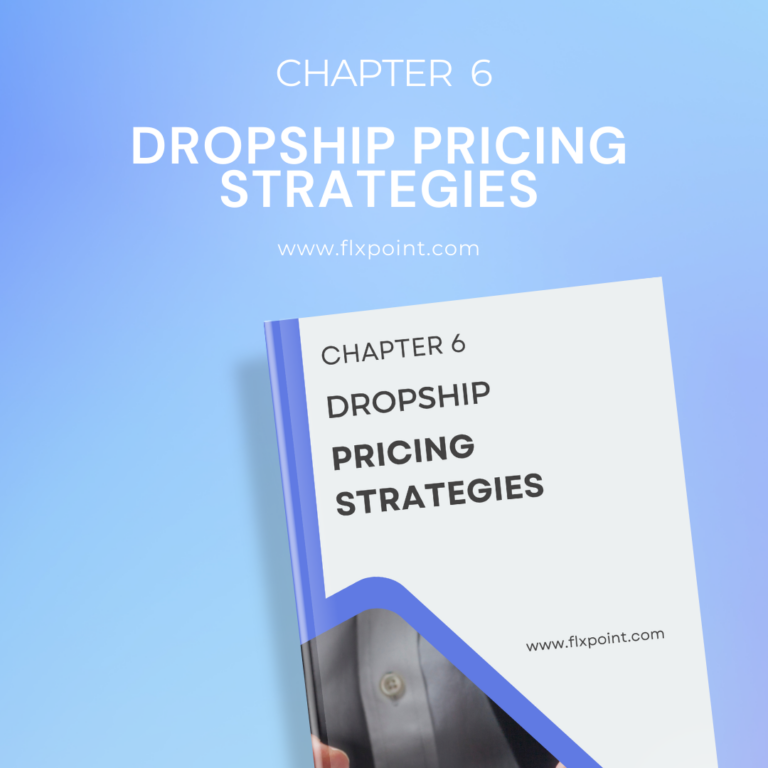
Pricing isn’t just numbers—it’s strategy. Dive into methods like cost-plus, value-based, and psychological pricing to find the sweet spot between profitability and competitiveness. You'll also learn how to handle MAP policies and dynamic pricing changes.
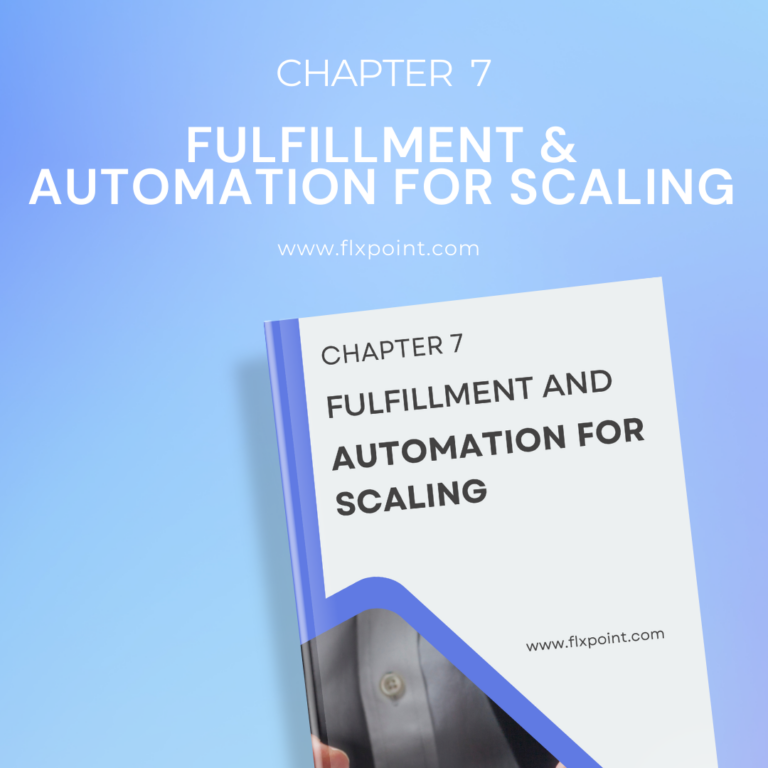
Manual processes holding you back? Discover how to automate your order routing, fulfillment, and vendor communication. Whether you’re dropshipping from a single source or juggling multiple suppliers, we’ll show you how to build a fulfillment engine that scales effortlessly.
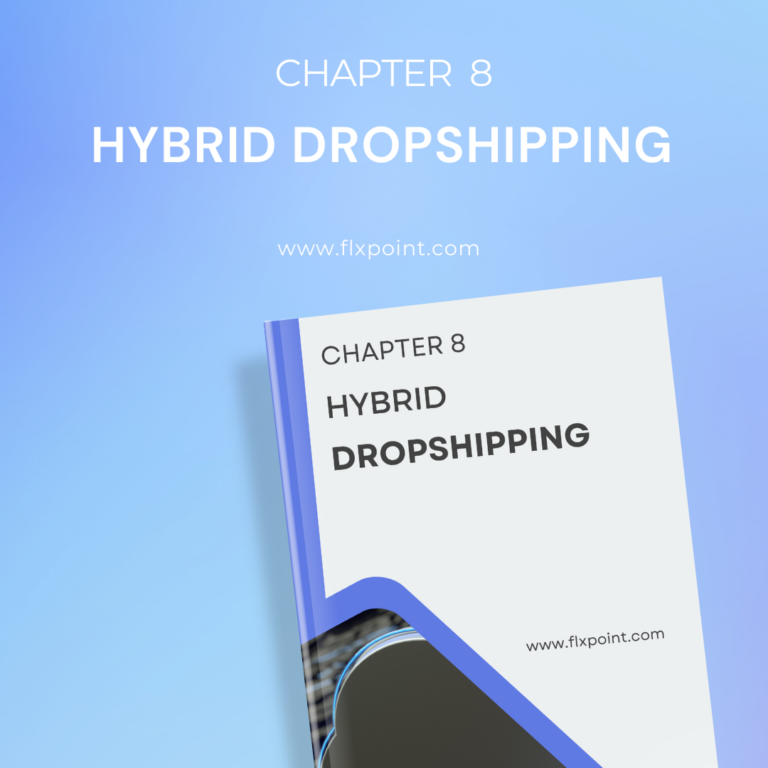
The best of both worlds. Learn how to blend dropshipping with traditional wholesale to create a hybrid fulfillment model. Diversify your supply chain, increase margins, and reduce risk—all while maintaining flexibility and speed.
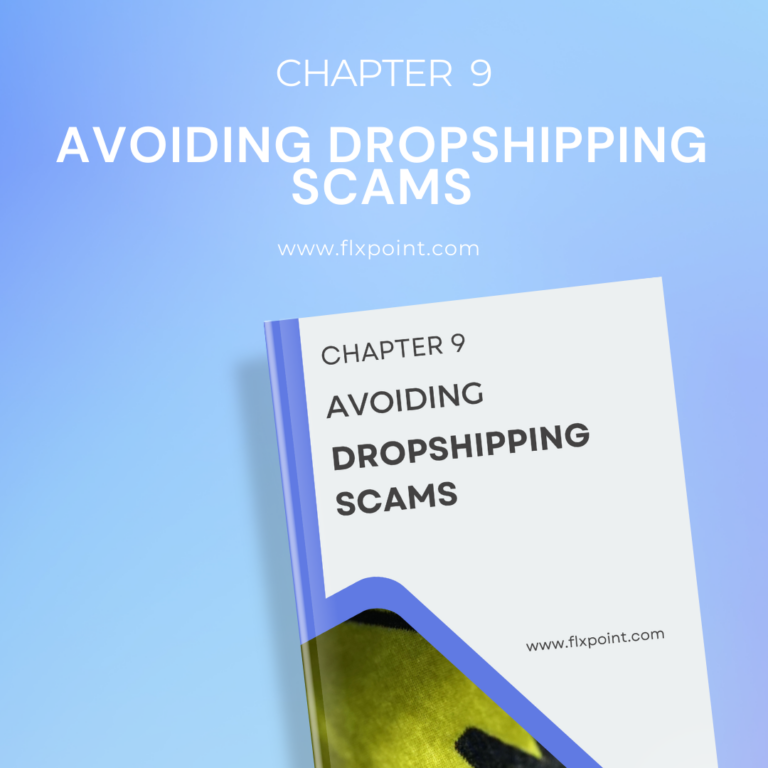
Protect your business (and your sanity). This chapter highlights red flags to watch for when sourcing suppliers, how to avoid fake vendors, and what to do if something seems off. Learn to build a trustworthy and secure supply chain from day one.

Tech made simple. Understand how using EDI and API integrations can automate communication with suppliers, speed up order processing, and reduce costly errors. Whether you're tech-savvy or not, this chapter makes complex systems feel doable.

Smart businesses run on data. Learn how to track key ecommerce metrics, monitor supplier performance, and analyze product performance to make confident, data-driven decisions that boost sales and efficiency.
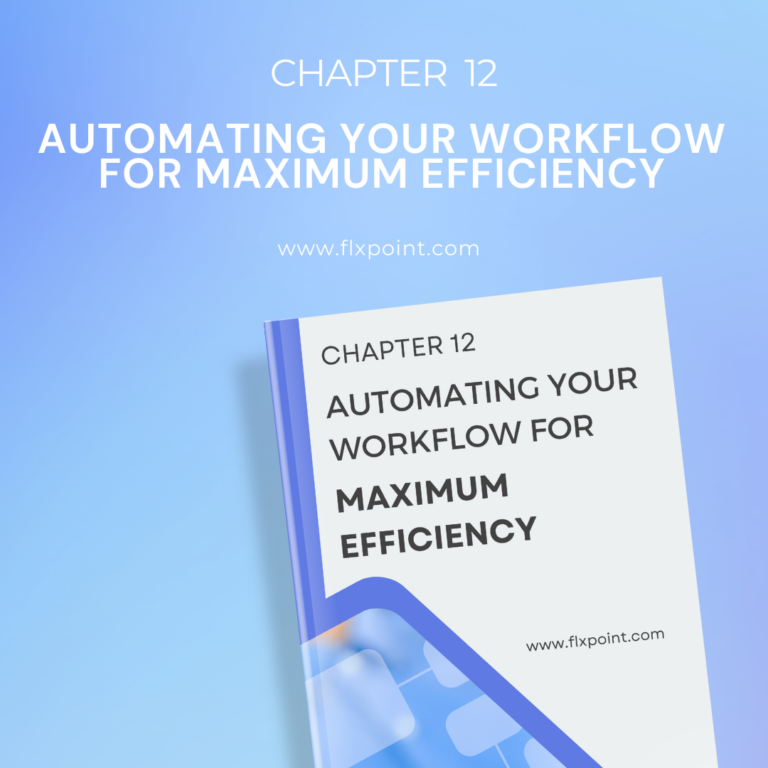
Unlock time-saving workflows that work while you sleep. This chapter breaks down how to automate inventory syncing, order routing, vendor communication, and customer updates to run your business like a well-oiled machine.
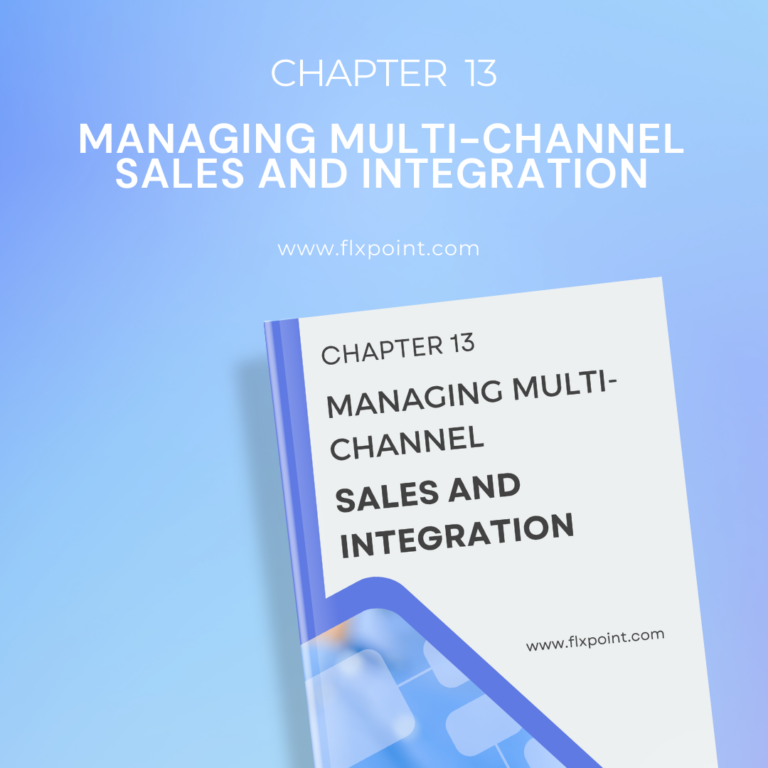
Ready to expand beyond one platform? Learn how to integrate and manage listings, inventory, and orders across multiple sales channels—like Shopify, BigCommerce, Amazon, Walmart, and more—without doubling your workload or making costly mistakes.
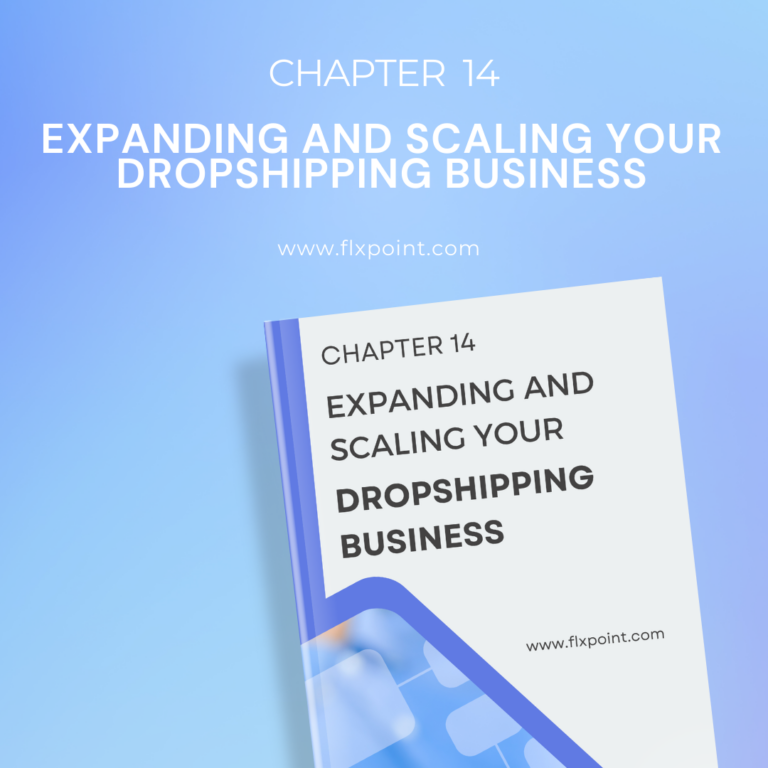
When it’s time to grow, this chapter shows you how. From onboarding new suppliers and expanding product lines to optimizing your tech stack and improving operations, get a roadmap for scaling sustainably and profitably.

Every business runs into roadblocks—what matters is how you respond. Learn how to tackle issues like supplier delays, low inventory, and customer service hiccups using smart tools, real-time alerts, and proactive troubleshooting strategies.

What’s next for dropshipping? Explore emerging trends like AI-powered automation, predictive inventory, autonomous fulfillment, and more. Stay ahead of the curve and future-proof your business with the latest innovations.
Kenneth Cole's Smart Savings With Shopify EDI Connections
"They had never used Flxpoint before. But working with [the Flxpoint] team, they learned it and we're about to onboard our newest footwear partner, and you know that's big business for us.”
Mitul PatelKenneth Cole
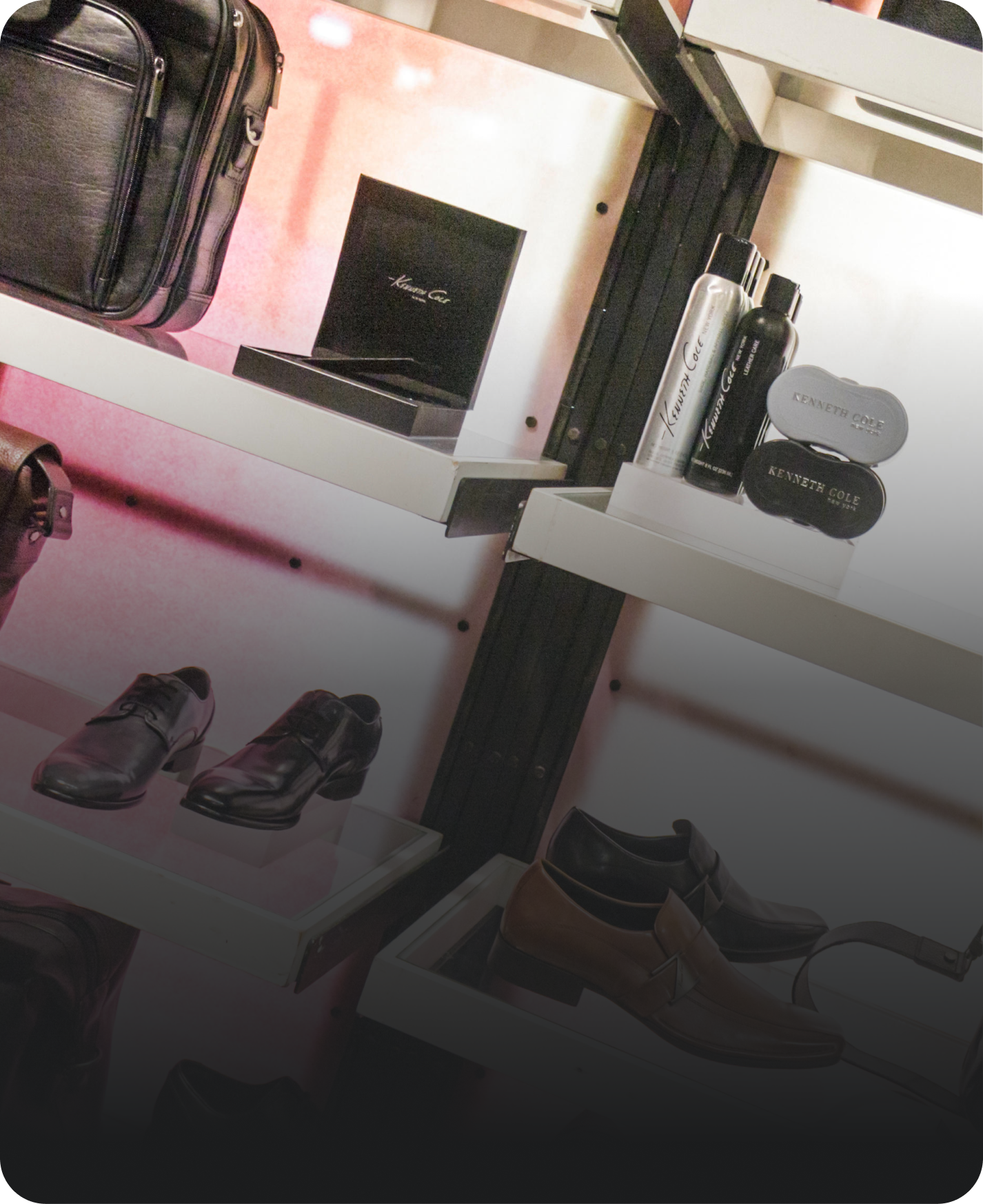

How Flxpoint Helped Rifle Supply Automate & Grow
“I went line by line… whatever the inventory number was and cost value was, I calculated it and was blown away by how much that was worth— $300 million worth of product that I added to our web store.”
Chris MekdaraRifle Supply


The Ecommerce Automation Behind Screen Skinz
"Automation is the key to maximizing your volume. [Flxpoint] comes right into our flow — everything's automated. We want it to be quick and efficient. So that's what we love about Flxpoint."
Shaun Brown & Clay CanningScreenSkinz


How Inhaven Transformed Vendor Management with Flxpoint
"We ended up switching to Flxpoint, and it has been a much smoother process. Where it took us six months to get onboarded with the other company, we were up and running in a week or two with Flxpoint."
Ashley ChingInhaven


How Black Patch Performance Scaled Smarter with Flxpoint
"The only way to actually scale was to go through Flxpoint… You can’t even come close to hiring someone to do what Flxpoint does for the price."
Jonathan WilliamsBlack Patch Performance


